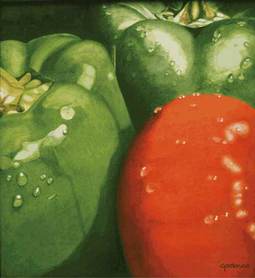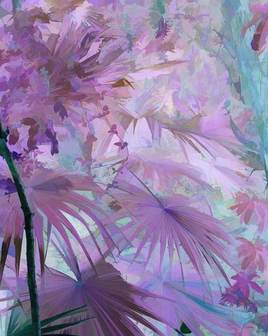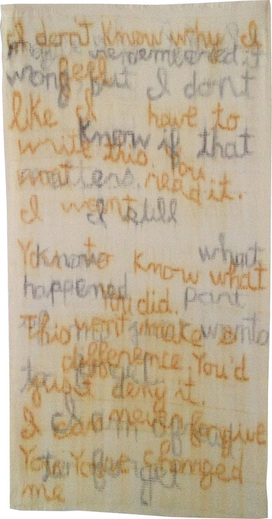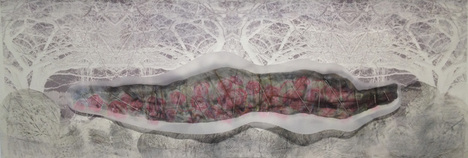Aug 7, 2013 9:09 AM
Whenever I get an opportunity to visit a used book store I always take it. I'm currently in Charlottetown, Prince Edward Island taking in the wonderful art galleries and crafts shops. The work here is exceptional and second to none. I highly recommend a visit to the island. While walking down Queen Street I found a wonderful used book store called The Book Emporium. My focus is on old out of print books, especially ones on techniques that offer lost insights. One such bit of information is as true today as it was when the old masters created their exceptional art. This method was taught to me while I was in art school and I felt it was worth repeating. We often forget our earliest lessons.
1. Always use the simplest ingredients possible. Use the best quality and make sure the purity is beyond doubt.
2. Use as little dryer as possible.
3. Begin a picture 'lean' and finish 'fat'. Less oil in the first layer, the less danger of cracking.
4. Two thin coats are usually better than one thick.
5. Be sure your paint is completely dry before painting over it. The under coat will contract as the drying process occurs and crack the top coat.
6. If the paint does not take or stick well, rub the surface with a fine sandpaper or other substance to roughen it to create a tooth.
7. Never use more medium or liquid than is necessary. The colors will stay fresh and luminous when left alone. When fully dry, protect the colors with a quality varnish.








 RSS Feed
RSS Feed